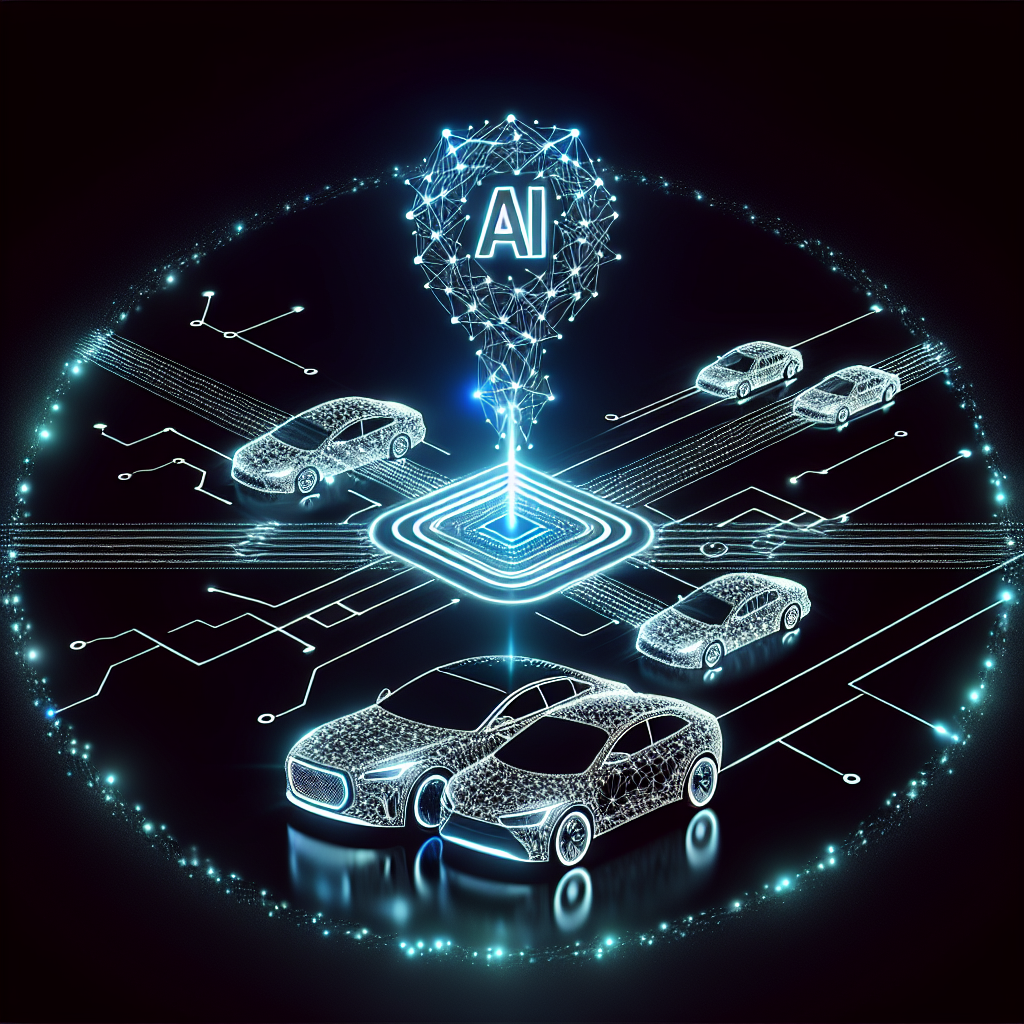Autonomous vehicles, also known as self-driving cars, have been a topic of great interest and discussion in recent years. These vehicles have the potential to revolutionize the way we travel, making transportation safer, more efficient, and more convenient. One of the key components that make autonomous vehicles possible is artificial intelligence (AI) platforms.
AI platforms play a crucial role in enabling autonomous vehicles to navigate the world around them, make decisions in real-time, and operate safely and efficiently. In this article, we will explore the role of AI platforms in autonomous vehicles and how they are shaping the future of transportation.
What are AI platforms?
AI platforms are software systems that use artificial intelligence technologies such as machine learning, deep learning, and natural language processing to perform a variety of tasks. These platforms are designed to learn from data, adapt to new information, and make decisions based on the information they receive.
In the context of autonomous vehicles, AI platforms are used to process sensor data, interpret the surrounding environment, predict the behavior of other road users, and make decisions about how to navigate the vehicle safely to its destination. These platforms are responsible for controlling the vehicle’s steering, acceleration, and braking, as well as communicating with other vehicles and infrastructure systems.
How do AI platforms work in autonomous vehicles?
AI platforms in autonomous vehicles work by collecting data from a variety of sensors, such as cameras, radar, lidar, and GPS, to create a detailed map of the vehicle’s surroundings. This data is then processed by the AI platform to identify objects such as other vehicles, pedestrians, signs, and traffic lights, and to predict their movements.
The AI platform uses machine learning algorithms to analyze this data and make decisions about how to drive the vehicle safely. For example, the platform may decide to change lanes, slow down, or stop in response to the behavior of other road users. The platform continuously learns from new data and updates its decision-making processes to improve the vehicle’s performance over time.
In addition to processing sensor data, AI platforms in autonomous vehicles also communicate with other vehicles and infrastructure systems to share information about road conditions, traffic congestion, and potential hazards. This allows autonomous vehicles to coordinate their movements and make decisions that optimize safety and efficiency for all road users.
What are the benefits of AI platforms in autonomous vehicles?
There are several benefits of using AI platforms in autonomous vehicles. One of the key advantages is improved safety. AI platforms can react faster than human drivers to potential hazards, such as sudden stops, swerving vehicles, or pedestrians crossing the road. This can help reduce the number of accidents and save lives on the road.
AI platforms also have the potential to increase efficiency and reduce traffic congestion. Autonomous vehicles can communicate with each other to optimize their routes, reduce delays, and avoid bottlenecks. This can lead to smoother traffic flow, shorter travel times, and lower fuel consumption.
Another benefit of AI platforms in autonomous vehicles is increased accessibility. Self-driving cars have the potential to provide transportation options for people who are unable to drive due to age, disability, or other reasons. This can improve mobility and independence for individuals who may otherwise be reliant on public transportation or assistance from others.
Overall, AI platforms in autonomous vehicles have the potential to transform the way we travel, making transportation safer, more efficient, and more accessible for everyone.
FAQs:
1. How do AI platforms in autonomous vehicles handle unexpected situations?
AI platforms in autonomous vehicles are designed to handle unexpected situations by continuously monitoring the vehicle’s surroundings, predicting potential hazards, and making quick decisions to avoid accidents. If the platform encounters a situation it has not seen before, it may use machine learning algorithms to adapt its decision-making processes and improve its performance in the future.
2. Can AI platforms in autonomous vehicles be hacked?
AI platforms in autonomous vehicles are designed with security in mind to prevent hacking and unauthorized access. Manufacturers use encryption, authentication, and other security measures to protect the platform from cyber threats. However, as with any technology, there is always a risk of hacking, so manufacturers must remain vigilant and update their security protocols regularly.
3. How do AI platforms in autonomous vehicles communicate with other vehicles?
AI platforms in autonomous vehicles use wireless communication technologies such as Wi-Fi, cellular networks, and dedicated short-range communication (DSRC) to communicate with other vehicles and infrastructure systems. This allows autonomous vehicles to share information about road conditions, traffic congestion, and potential hazards, enabling them to coordinate their movements and make decisions that optimize safety and efficiency.
In conclusion, AI platforms play a crucial role in enabling autonomous vehicles to navigate the world around them, make decisions in real-time, and operate safely and efficiently. These platforms are responsible for processing sensor data, interpreting the surrounding environment, predicting the behavior of other road users, and making decisions about how to drive the vehicle safely. With the potential to improve safety, efficiency, and accessibility, AI platforms in autonomous vehicles are shaping the future of transportation and paving the way for a new era of mobility.

